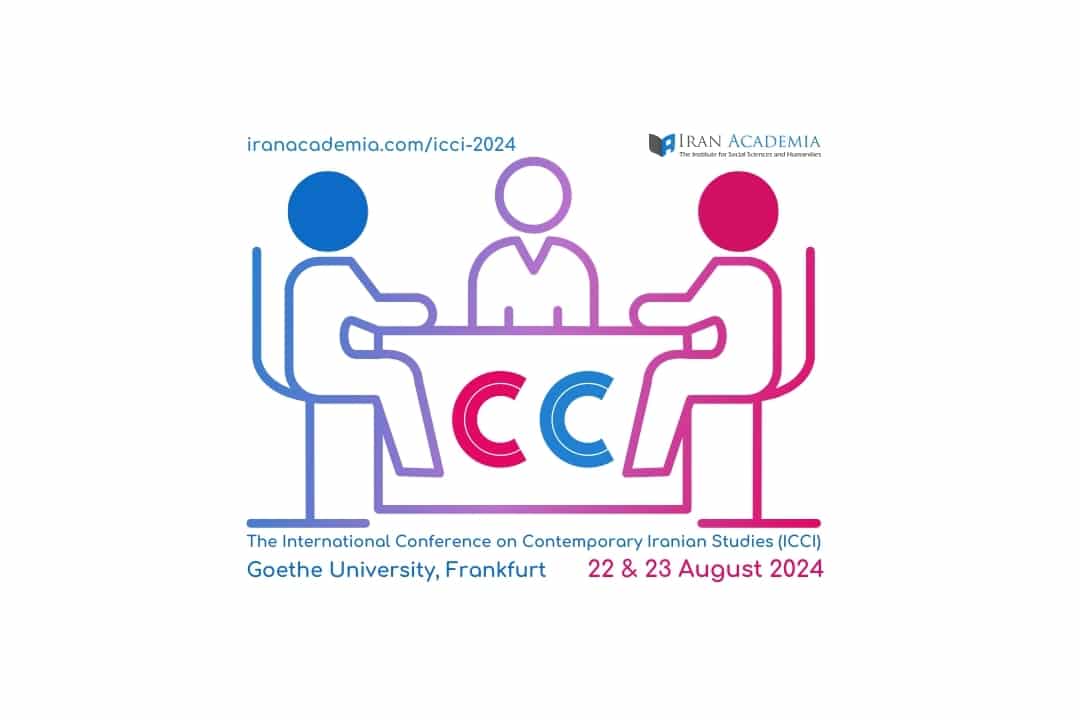Anita Karimi
Political Cartoons in the Iranian Press of Two Eras: A Cultural-Historical Analysis of Selected Examples from the Mullā Naṣraddīn (from 1906) and Tauwfīq (from 1958-1971) Magazines
Nader Nasiri
ُSavushun, A Utopia in Liminal Spaces
Moderator: Ali Banuazizi
Abstracts
Anita Karimi
Political Cartoons in the Iranian Press of Two Eras: A Cultural-Historical Analysis of Selected Examples from the Mullā Naṣraddīn (from 1906) and Tauwfīq (from 1958-1971) Magazines
Political cartoons in the Iranian press of two eras: A cultural-historical analysis of selected examples from the Mullā magazines Naṣraddīn (from 1906) and Tauwfīq (from 1958-1971) The crucial role of the press in shaping general opinion through enlightenment, providing news and information, and sometimes through dissemination of misinformation has always been the subject of many studies and researches. During the Constitutional Revolution (1905-1911), the press played a determining role in mobilizing support for constitutional reform, challenging government authority, and promoting nationalism. Nonetheless, the function of political humor in cartoons and caricatures in conceptualizing a socio-political and cultural discourse after the constitutional revolution has been largely neglected. My research question is therefore: What role did caricatures, cartoons, or other visual forms of humor play in shaping public opinion or influencing socio-political discourse? In other words, what were the key themes or targets of satirical humor during this period? In what ways did humor serve as a tool for dissent or resistance against authoritarianism or traditional power structures after the Constitutional Revolution (1905-1911) to the Islamic Revolution (1979)? To answer this question, I will examine two Iranian magazines as examples, namely Mullā Naṣraddīn (1906-1931) and Tauwfīq (1923-1971) both published after the constitutional revolution. To interpret the visual publication and understand the symbolic representations of these two journals, I apply Erwin Panofsky’s iconography approach which is primarily concerned with the interpretation of visual imagery within a broader socio-political context. Overall, humor politics played a central role after the Iranian Constitutional Revolution by serving as a catalyst for political change, fostering public debate and mobilization, and challenging the authoritarian status quo. It acted as a powerful tool for advancing the cause of constitutionalism and democracy in Iran.
Nader Nasiri
ُNarrations of Alienation and Spiritualism in Savushun
In reading Savushun’s political unconscious to reconstruct the history from which it thrives and study its imaginary solutions for the social contradictions inherent in such a history, I have already put the novel within the frameworks of the first horizon, namely the political horizon of the three horizons Fredric Jameson devises in his methodology for scrutinizing a literary work. In this article, I will pass from the first horizon to the second one, namely from the political to the social, by replacing the dialectical methodology for the previous semiological one. Therefore, I will take the novel as “a kind of gesture or verbal thrust incomprehensible unless we are able to understand the situation in which the gesture was first made, and the interlocutors to whom it was a reply.” (Marxism and Form 377) The object of study here, or the ‘organizing categories of social class’ in terms of which the novel must be rewritten in this horizon, as Jameson designates it, is what would be called ‘ideologeme.’ Ideologeme is, by definition, “the smallest intelligible unite of the essentially antagonistic collective discourses of social classes” (Political Unconscious 61).


